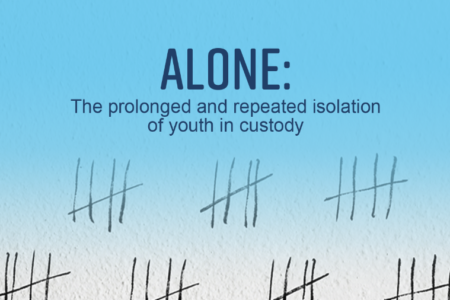'Spring Forward' Sunday as Daylight Saving Time begins
Will 2023 be the last time daylight saving time is permanent — meaning the no more biannual changing of the clocks?
While some politicians have trumpeted change when it comes to Daylight Saving Time, nothing has changed.
And on Sunday, March 12th, at 2 a.m., British Columbians will once again Spring Forward and set clocks ahead one hour to begin Daylight Saving Time 2023.
British Columbians have been ready to shelve the twice-a-year change for a few years after support for putting an end to the change in 2019 was gained during an online survey that revealed more than 93% of the record 223,273 British Columbians indicated a preference to permanent Daylight Saving Time.
The provincial government even proposed legislation in October 2019 that would have had British Columbians set clocks this spring and possibly leave them permanently in the fall of 2020.
However, B.C., continues to wait on politicians south of the border before pulling the trigger on the permanent change.
South of the border, bills have been introduced in many U.S. states to drop the measure, but so far, only a few have passed legislation.
The Sunshine Protection Act was unanimously passed in the United States Senate last year, but the bill stalled in the House, where it remained in committee until the expirations of the previous Congress.
BC has joined governments in Ontario, Quebec and Alberta considering scrapping Daylight Saving Time.
Ontario passed a bill to end to the time change but made it dependent on New York and Quebec doing so as the areas share trade, and a federal government, that is spread across the two provinces.
Some areas of Canada that don’t use Daylight Saving Time include, Fort St. John, Charlie Lake, Taylor and Dawson Creek in British Columbia, Creston in the East Kootenays, and most of Saskatchewan (except Denare Beach and Creighton).
In the Yukon, people will not be switching clocks as they are already on Daylight Saving Time after opting to make the change permanent in 2020.
Previously, Canada had observed Daylight Saving Time from the first Sunday in April until the last Sunday in October.
However, through legislation passed in 2006, Daylight Saving Time now begins three weeks earlier, on the second Sunday in March, ending on the first Sunday in November.
This change kept Canada’s Daylight Saving Time pattern consistent with the United States which enacted into law a broad energy bill that extended Daylight Saving Time in the same manner.
After clocks change Sunday, the public should be aware of some of the pitfalls of the shift when getting ready for work Monday morning — with more daylight during the late afternoon and evening, early morning commutes will see less light.
Many health professionals feel the time change has harmful effects on the human body.
Some doctors have suggested that the risk of strokes and heart attacks increases following the time change.
In addition, the number of car crashes also tends to jump once the time shift happens, with reports of an eight per cent bump in accidents the day after a time change.



























